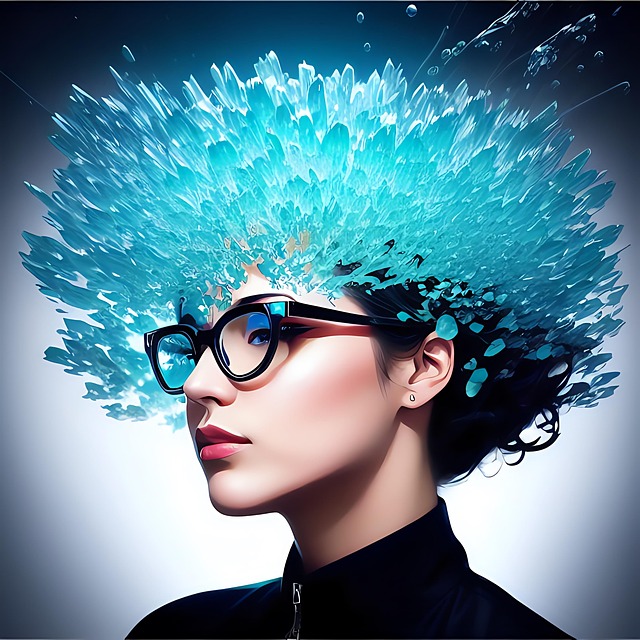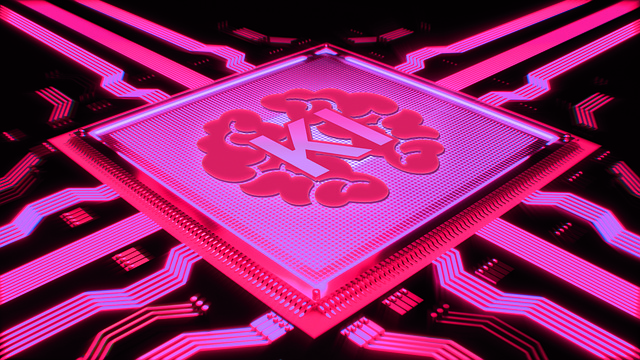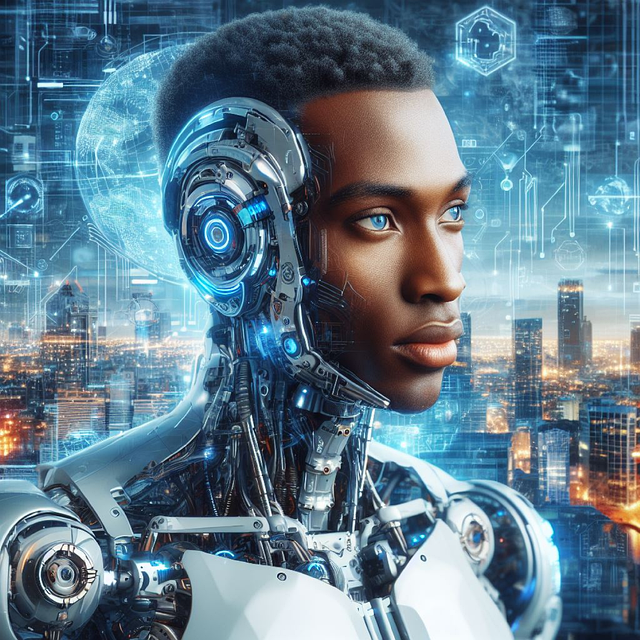ChatGPT revolutionizes language translation with accuracy, context sensitivity, and cultural appropriateness. It aids business, education, and academic research. Optimization techniques enhance results, especially for complex texts. Despite challenges in understanding nuances and memory retention, developers work on improvements through advanced proofs and memory techniques. ChatGPT remains a powerful tool for global communication and learning.
Discover the power of ChatGPT for language translation—a game-changing AI model transforming multilingual communication. This comprehensive guide explores ChatGPT’s capabilities, from understanding its translation precision to leveraging advanced features. Learn how to prepare text for optimal results and navigate common challenges. By mastering these techniques, you’ll enhance your ability to engage in fluent, accurate conversations across diverse languages with the help of this innovative tool.
- Understanding ChatGPT's Translation Capabilities
- Preparing Text for Optimal Translation
- Leveraging ChatGPT for Multilingual Conversations
- Exploring Advanced Features and Techniques
- Common Challenges and Their Solutions in ChatGPT Translation
Understanding ChatGPT's Translation Capabilities

ChatGPT has emerged as a powerful tool for language translation, offering users an innovative way to communicate across languages. Its capabilities extend beyond simple word-for-word translations; it can generate coherent and contextually relevant sentences, making it a valuable resource for various applications. This AI model is particularly adept at translating text in diverse fields, from academic papers and scientific reports to creative writing and everyday conversations.
One of ChatGPT’s standout features is its ability to incorporate cultural sensitivity into translation. By learning from vast amounts of data, it can capture nuances and idiomatic expressions, ensuring that translated content is not just accurate but also culturally appropriate. This aspect is particularly beneficial for users involved in international business or those seeking to learn foreign languages with a deeper understanding of the culture behind them. Moreover, ChatGPT can be utilized as a starting point for language learners, providing them with translation ideas and helping them improve their language skills through interactive practices, such as comparing machine-translated outputs and refining them into better alternatives. For educational institutions, this technology offers exciting prospects, integrating seamlessly into learning management systems to facilitate language learning and cultural exchange initiatives. Give us a call at open-source tools for education to explore how ChatGPT can enhance your specific needs.
Preparing Text for Optimal Translation

When preparing text for translation using ChatGPT or any AI-powered language tool, it’s essential to remember that these models are trained on vast datasets and can handle a wide range of linguistic nuances. However, optimizing your text beforehand enhances the translation quality. One effective strategy is to break down complex sentences into simpler ones, ensuring each clause focuses on a single idea. This approach allows ChatGPT to grasp the context more easily, resulting in more accurate translations.
Additionally, providing additional context or references, especially when dealing with technical terms or idiomatic expressions, can guide the AI model. For instance, if you’re translating educational content, incorporating keywords from relevant fields like ‘open-source tools for education’ or highlighting specific concepts in remote learning best practices can aid ChatGPT in producing more precise and contextually appropriate translations. Leveraging hybrid education advantages by combining these strategies can further improve the overall translation experience, making it a valuable resource for both students and educators alike. And if you’re looking to simplify complex mathematical topics, like differential equations, visit us at [differential equations simplification anytime] for additional support.
Leveraging ChatGPT for Multilingual Conversations

Leveraging ChatGPT for Multilingual Conversations opens up exciting possibilities for global communication and collaboration. This powerful language model, developed by OpenAI, can facilitate seamless conversations across different languages, breaking down linguistic barriers. By inputting text in one language, users can instantly receive translations into various other languages, enabling real-time interaction with individuals from diverse linguistic backgrounds.
Moreover, ChatGPT’s ability to understand and generate human-like text goes beyond translation. It fosters philosophy ethics discussions by bridging the gap between cultural perspectives, facilitating research paper structure development through multilingual content analysis, and even aids in plagiarism avoidance guide creation for academic writers. This versatility makes ChatGPT a valuable tool not just for language translation, but for fostering global understanding and enhancing cross-cultural communication, with adapted teaching methods to suit diverse learners.
Exploring Advanced Features and Techniques

ChatGPT offers more than just basic translation services; it empowers users to explore advanced features tailored for specific needs. One such feature is its ability to adapt to various linguistic nuances, ensuring translations that meet academic writing standards. This capability makes ChatGPT a valuable tool for researchers and students navigating complex, specialized terminology in their field studies.
Moreover, the platform’s versatility extends into educational contexts. Teachers can leverage ChatGPT to facilitate flipped classroom models by providing students with pre-translated materials or even generating discussion points based on cross-lingual content. For instance, argumentative writing strategies can be enhanced through translation exercises using ChatGPT, enabling learners to engage critically with texts from diverse linguistic backgrounds. Even so, users should remain mindful of potential errors and always cross-reference translations for accuracy, especially when dealing with sensitive or technical subjects. To ensure the best results, give us a call at art history movements overview for expert guidance on leveraging ChatGPT’s capabilities effectively.
Common Challenges and Their Solutions in ChatGPT Translation

Despite its impressive capabilities, ChatGPT translation faces several common challenges. One significant hurdle is contextual understanding. While ChatGPT excels at capturing grammatical structure, it sometimes struggles with nuances in language, idiomatic expressions, and cultural references. This can lead to literal translations that sound awkward or inaccurate. However, developers are continually refining the model through advanced geometric proofs explanations and sophisticated data analysis tools introduction, enabling it to better grasp the semantic meaning of text.
Another challenge is memory retention. ChatGPT processes information in real-time, which can limit its ability to remember context across long or complex sentences. This might result in inconsistent translations or errors in maintaining the original text’s flow. To overcome this, researchers are exploring innovative memory retention techniques that could significantly enhance ChatGPT’s performance in longer texts, making it a more reliable tool for professional translators and language enthusiasts alike. Remember, you can always find us at coding tutorials for beginners to stay updated on these advancements.
ChatGPT has emerged as a powerful tool for language translation, offering significant advantages in both efficiency and accuracy. By understanding its capabilities, preparing text appropriately, and exploring advanced features, users can leverage ChatGPT for seamless multilingual conversations. While challenges exist, particularly with context preservation and idiomatic expressions, ongoing developments and user feedback are addressing these issues. ChatGPT continues to revolutionize the way we communicate across languages, making it an indispensable resource in today’s globalized world.








Leave a Reply